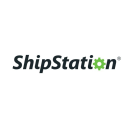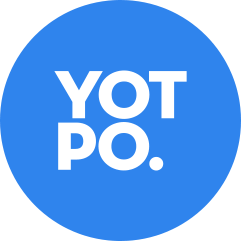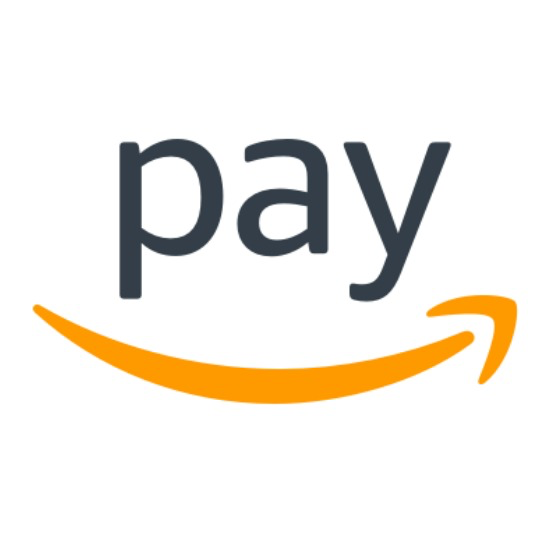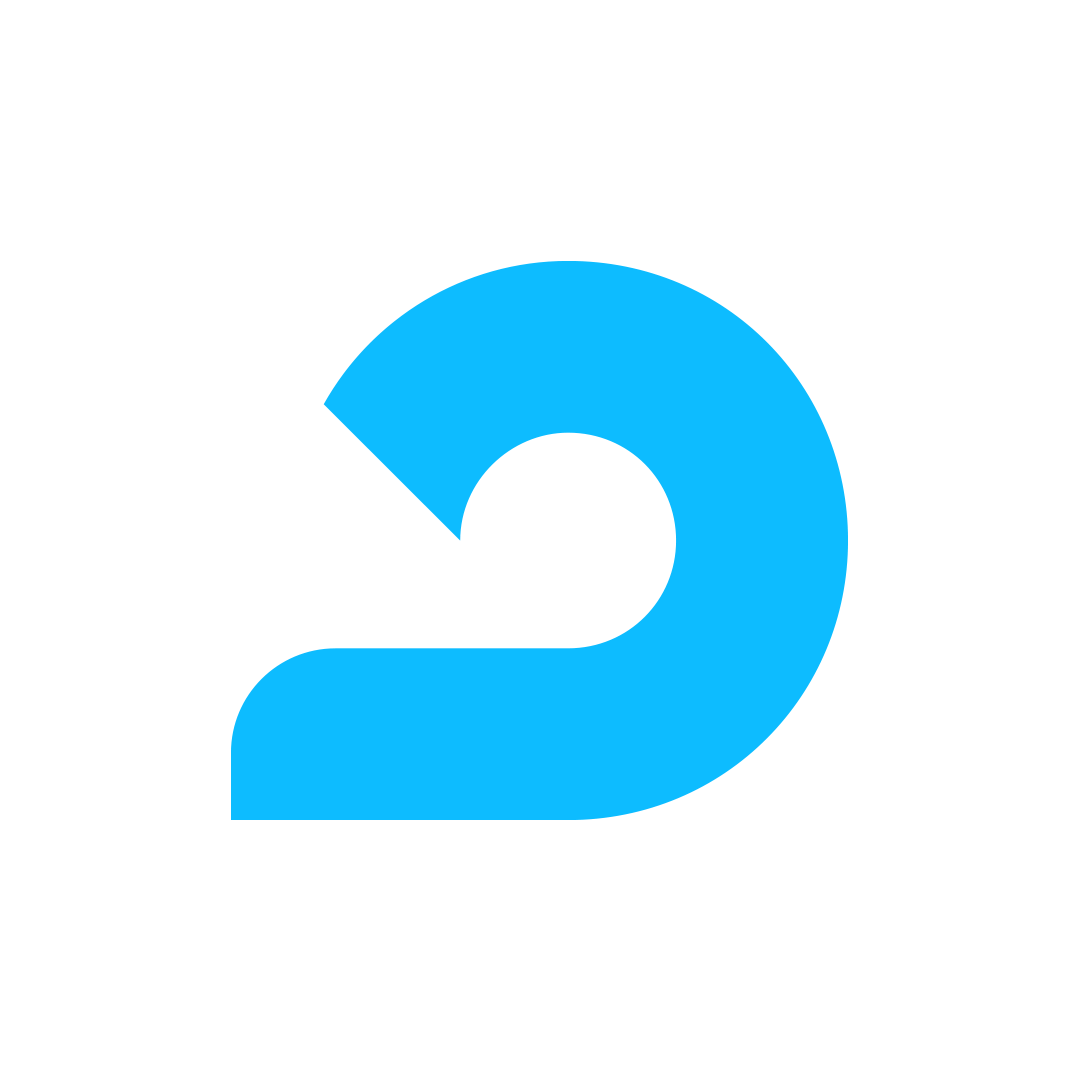How A Doctor Got On Shark Tank And Saved 31M People From Pain
Hello! Who are you and what business did you start?
Great business ideas sometimes intrude while you’re trying to do something else.
As a pediatric emergency doctor, I was trying to teach other doctors not to cause unnecessary pain. When I realized that patients care more about their own pain than doctors do, I invented a vibrating ice pack bee called Buzzy(r) to block pain from my kids’ vaccinations.
It worked. And as I got more disturbed by kids unnecessary pain in the emergency department, I decided to apply for a $1.1 million NIH small business grant to research and develop Buzzy.
However - in order to qualify for the grant, I had to start a company.
We launched Buzzy in 2009, relying on research and champions in the hospitals to spread the word. By 2015, our IVF and arthritis patients were using Buzzy on other parts that hurt. Finally, one of my colleagues who was in opioid recovery used Buzzy successfully to avoid drugs after knee surgery.
I gave up medicine to be a full time CEO. Now we make VibraCool for knees, elbows, and plantar fasciitis, and just launched a

Download the report and join our email newsletter packed with business ideas and money-making opportunities, backed by real-life case studies.

Download the report and join our email newsletter packed with business ideas and money-making opportunities, backed by real-life case studies.

Download the report and join our email newsletter packed with business ideas and money-making opportunities, backed by real-life case studies.

Download the report and join our email newsletter packed with business ideas and money-making opportunities, backed by real-life case studies.

Download the report and join our email newsletter packed with business ideas and money-making opportunities, backed by real-life case studies.

Download the report and join our email newsletter packed with business ideas and money-making opportunities, backed by real-life case studies.

Download the report and join our email newsletter packed with business ideas and money-making opportunities, backed by real-life case studies.

Download the report and join our email newsletter packed with business ideas and money-making opportunities, backed by real-life case studies.




































